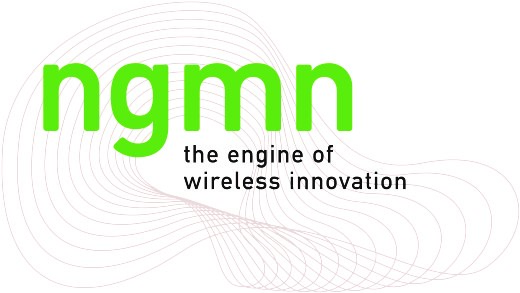Support of all 5G Core Connectivity options essential to fully explore the benefits of 5G core network
Frankfurt, GERMANY, May 7th 2019 – The Next Generation Mobile Networks (NGMN) Alliance today highlights the importance of supporting all Core Connectivity options defined by 3GPP for connection of LTE & NR radio equipment to EPC (LTE Evolved Packet Core, used by 4G networks today) and the new 5G core network.
NGMN operators expressing their strong opinion that all of the Core Connectivity options are essential to efficiently deliver services enabled by the 5G core network across operators’ LTE & NR radio network deployments and ensure seamless service continuity between these areas. It is therefore imperative that the complete 5G industry supports all of the specified options.
3GPP has defined four possible configurations (known as options 2, 4, 5 & 7) for connecting to the new 5G core via LTE and/or NR radio access technologies. 3GPP has also defined one option for 5G radio networks to be supported using EPC, known as option 3.
Whilst options 2 and 3 have been well supported by the industry to date particularly in the context of initial 5G launches, NGMN operators also require support of options 4, 5 and 7 as they look to introduce 5G services across their networks.
For option 4, by aggregating LTE carriers to NR, operators can maximize capacity and make efficient use of existing LTE assets. Option 5 can offer advanced 5G core network supported service capabilities to LTE coverage areas and thus provide service continuity between LTE and NR. As to option 7, in addition to the advantages of option 5, operators can make use of the benefit of dual-connectivity by aggregating NR carriers to LTE.
3GPP have confirmed that all architecture options will be delivered in Release 15 specifications with options 4 & 7 to be delivered in ‘late drop’ scheduled in June 2019, while the other options are already completed.
A 5G core network offers substantial service benefits through native support of capabilities such as Network Slicing, Mobile Edge Computing (MEC) and uRLLC, with a new end-to-end QoS model. The 5G core network is also based on a modular Service Based Architecture providing a cloud-optimised framework for flexible service creation, automation, scalability and resilience.
With demand for radio performance improvements and industry uptake of wide area advanced 5G core network supported service capabilities, the mobile communications industry requires multiple connectivity options to meet the operator requirements.
Emmanuel Lugagne Delpon, Chairman of the NGMN Board, Group CTO of Orange said: “NGMN operators strongly request the industry to promote, develop and implement Core Connectivity options 2, 3, 4, 5, and 7 to support 5G deployments in different markets globally and to fully explore the advantages of the 5G core network.”


